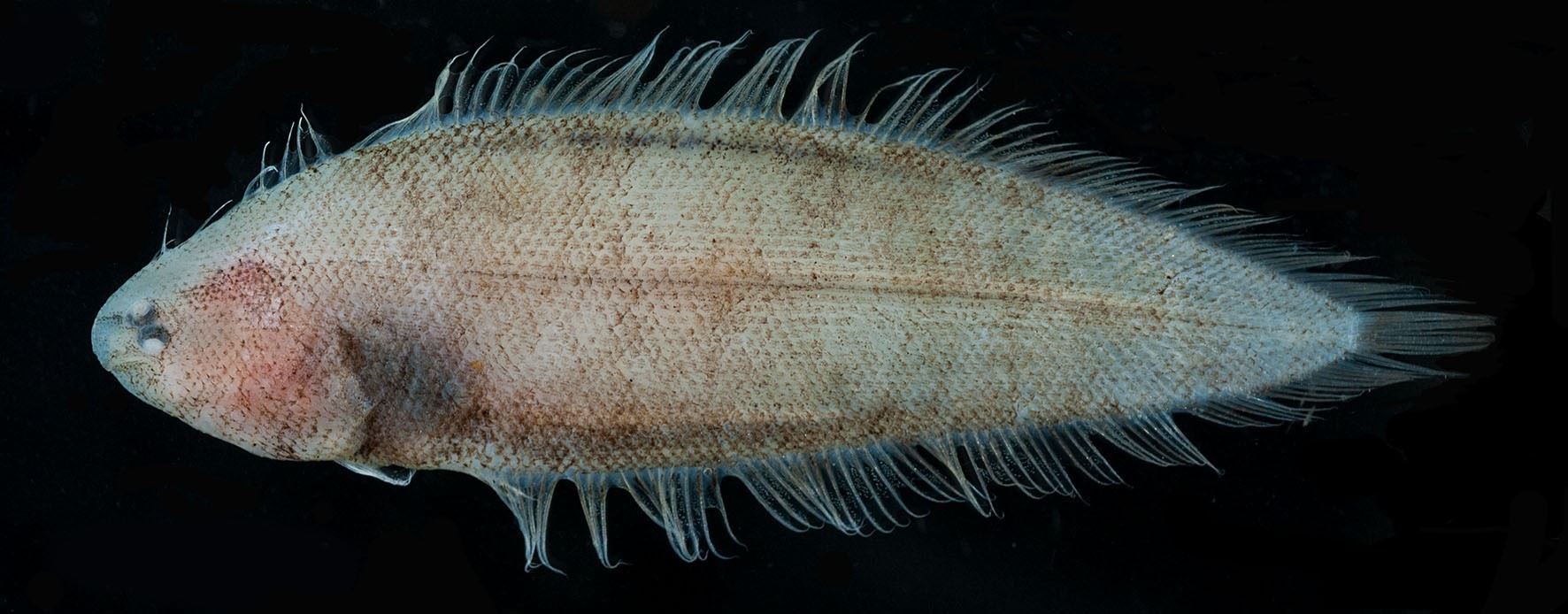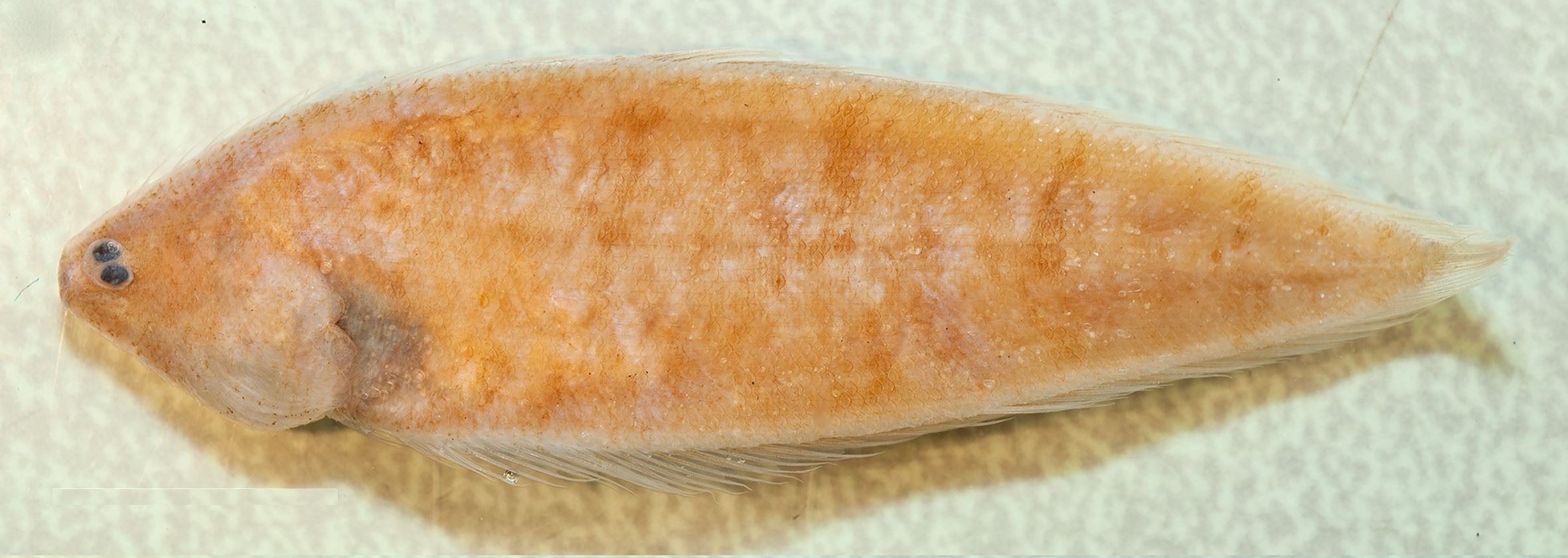Dr. Mao-Ying Lee, the Scientific technician of Marine Fisheries Division, Fisheries Research Institute (FRI) of Council of Agriculture (COA) cooperated with Dr. Thomas A. Munroe from National Oceanic and Atmospheric Administration (NOAA), they described five new species of tonguefishes (genus Symphurus) lived at shallow waters. The result was published at Zootaxa, an international journal of systematic zoology at September 2021.
Tonguefish (genus Symphurus) was belonged to the fishes of Cynoglossidae, Pleuronectiformes; they are distributed at tropical to temperate marine around world. Currently, about 81 species of Symphurus were already recorded, and undescribed species were still counting.
The study was started at 2007, Dr. Lee discovered many individuals of small-sized tonguefishes at bycatch landed at Dong-Gang fish port. He considered those specimens were sub-adult of S. orientalis. The subsequent examination and molecular analysis pointed those specimens relative to S. microrhynchus, a dwarf species recorded at Indonesian waters.
The ichthyologists consider S. microrhynchus to be a widespread, unique shallow-water species found throughout the Indo-West Pacific. Dr. Lee visited the museums at America, European, and Japan; examined over 450 specimens (including the holotype of S. microrhynchus in Naturalis Biodiversity Center at Leiden, Netherland) for recognizing Taiwanese samples. He also collected samples of shallow-water tonguefishes via international research project, and used those samples to clarify the range of morphological characters, and conducted molecular analysis and species delimitation. Dr. Thomas A Munroe (NOAA), the co-adviser of Dr. Lee was joining the research, they were concluding the data and discussing further taxonomic revision by using an integrative taxonomy. The result present at least five new species from the specimens were recognized to S. microrhynchus. Those new tonguefishes were described and published by Dr. Lee and Dr. Munroe; they are S. hongae, the samples discovered at bycatch in Don-Gang, S. brachycephalus from Vietnam, S. leptosomus from Philippines, S. polylepis from Papua New Guinea, and S. robustus from Japan.
The Japanese specimens were included comprehensive ecological and environmental information due to collected by research vessels (RV). However, samples from other regions were collected from bycatch landed (including Taiwanese samples). We do not understand the ecology of S. hongae yet; even we collected lot specimens. Dr. Lee expected further investigations via RV of FRI for understanding ecology of tonguefishes, which are important prey of marine ecological system.

Figure 1. The fresh coloration of S. hongae(Taiwan), holotype

Figure 2. The fresh coloration of S. brachycephalus (Vietnam), holotype

Figure 3. The photo of S. leptosomus (Philippines), holotype

Figure 4. The photo of S. polylepis (Papua New Guinea), holotype

Figure 5. The photo of S. robustus (Japan), holotype